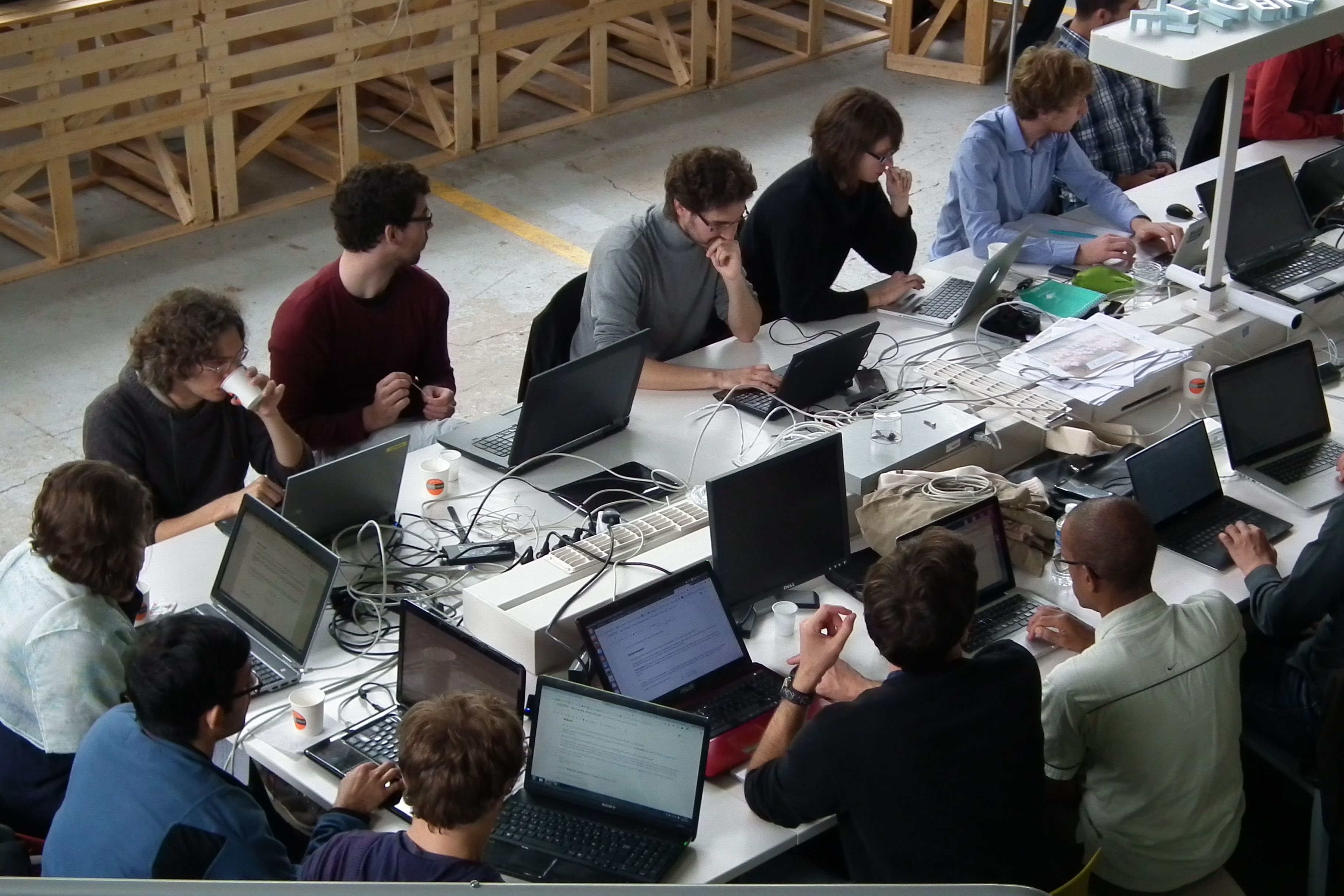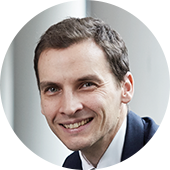– The topic of new areas for creativity in the digital era is one that is close to your heart. How is it relevant for the Paris-Saclay ecosystem?
In the digital era, companies are experiencing considerable challenges. They are in a constantly-changing environment, one which is rocking their business model. Rather than adopt a defensive attitude, these challenges need to be seen as opportunities for innovation, both in terms of processes and organization, bearing in mind that innovation is not just a technological issue. It is also, and perhaps primarily, the result of interactions between different talents, which may be available internally, within the company or through acquisitions, but also increasingly from external sources, from start-ups and other innovative companies, not to mention academic partners. And that is what’s involved in open innovation. But when we talk of interactions, we are talking about spaces or areas that facilitate cooperation with partners.
– Areas combining virtual resources with physical proximity?
That’s right. Beyond that, it is a question of putting people back at the heart of innovation. I am a firm believer in that. It is not possible to commit to digitalization without questioning its ultimate aim, and that is the very aspect where the human factor is essential. No matter how advanced it may be, artificial intelligence does not allow this type of questioning. Digital technology certainly offers a formidable means by which to accelerate the achieving of objectives, answering the how, but not the why.
– Should we be looking beyond open innovation?
The challenges our companies face invite us to do so: companies have an increasing need to associate themselves with external partners, gaining flexibility in their organization.
Furthermore, digital challenges are common to most companies, whatever their sector of activity. Borders are also coming down, offering us new market opportunities. That’s how a company like ours can come to invest just as much in energy as in health.
– How will you make the new creativity spaces in your Paris-Saclay research center a reality?
We are currently reconstructing this research center. And one of the ideas which influenced our thinking on how to do so is knowing how to create the conditions for serendipity.
This concept involves thinking about spaces conducive to chance encounters, able to maximize interactions between our different researchers, but also with the Paris-Saclay ecosystem. Specifically, we have redesigned the circulation areas, working areas, and informal spaces…
– You just mentioned serendipity. Tell us now about the concept of creativity: how is it relevant for a research center like yours? What added value does it provide compared with the concept of innovation? Is it a way of suggesting that this cannot always be predicted and thus modeled or boiled down to formal methods?
Let’s say that it encourages looking beyond a vision of innovation consisting merely of improving the existing situation (a product, a process, a service, etc.), in favor of what nowadays is known as a disruptive innovation. Which means taking a sideways step, adopting other lines of thought. In doing so, it also encourages focusing on the customer and what is customary to them, in other words on the human aspect.

